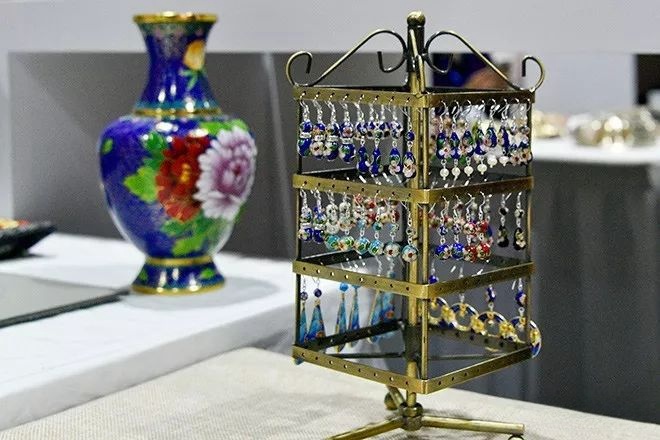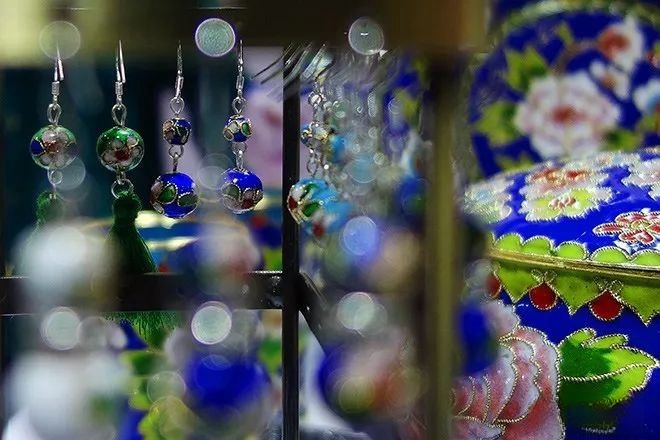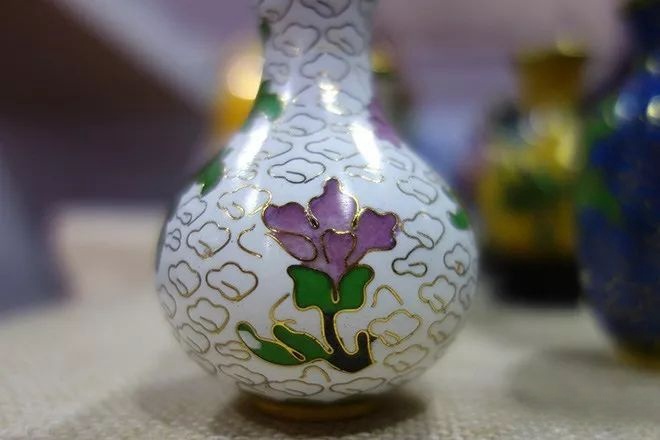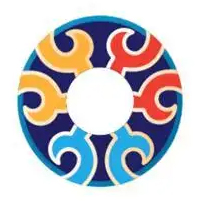Trésor artistique de la Chine : le cloisonné.
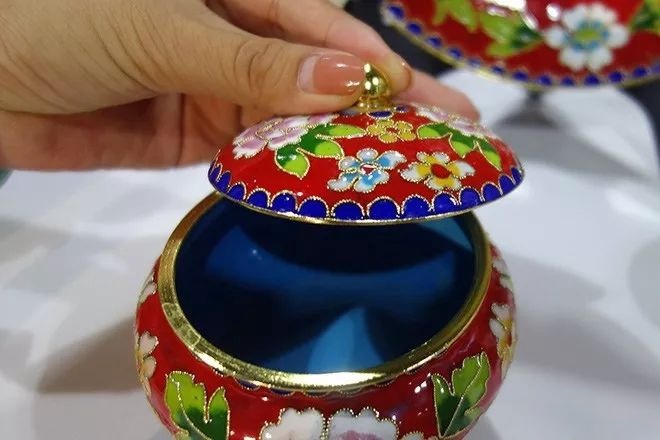
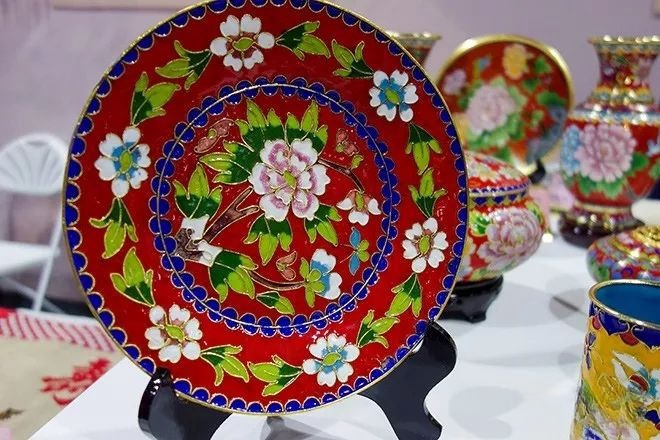

Cloisonne is one of China's famous special metal crafts, famous for its exquisite beauty. According to legend, in the early years of the Yuan Dynasty, the Golden Luang Hall caught fire, and a colorful and sparkling treasure vase appeared in the ruins, which was called the 'miracle treasure'. Due to its complex production process, ordinary people cannot enjoy this artwork.
Origine et développement
By the Jingtai period of the Ming Dynasty, the craftsmanship of cloisonne reached its peak, and the crafts made were the most exquisite and famous. Therefore, later generations called this kind of porcelain 'cloisonne'.
La forme initiale de la cloisonnée était un artisanat d'émaillage de filigrane à corps métallique, dans lequel divers motifs étaient gravés avec des fils de cuivre plats et doux sur un moule à base de cuivre, puis remplis de glaçure d'émail dans les motifs pour être cuits.
Popularisation de la cloisonnée
With the increasing market value of cloisonne art, more and more workshops have started to engage in cloisonne production and processing. Mei Xianghong, the president of the Hubei Wuhan Women's Handicraft Creative Alliance, has made cloisonne accessible to ordinary people through DIY material kits. Mei Xianghong explained that advanced industrial technology not only greatly reduces the production cost of cloisonne, but also improves the success rate of products.
De nos jours, le cloisonné est devenu un trésor de l'art chinois, aimé et collectionné par de plus en plus de personnes.
